
New vitality in the Long Xuyen Quadrangle region. Photo: THANH CHINH
A time of wilderness
From Rach Gia, following National Highway 80, we asked locals for directions to the Tam Ngan Canal. After crossing a sturdy concrete bridge in Binh Son commune, we stopped to ask for directions to Tri Ton. Near the slope of the Tam Ngan Bridge, there was a vegetarian restaurant offering free meals to everyone. Next to it, we met locals grinding and sawing iron to prepare for building a charity house for the poor.
Among them was Mr. Ut Gach (60 years old), residing in Hon Dat commune, who came here with the locals to help with the purchase of materials, iron, and steel. Mr. Ut Gach looked simple despite his family owning 100 acres of rice fields. He modestly said: "In this area, saying you own 100 acres of land is considered showing off; it's nothing compared to many farmers who cultivate thousands of acres." Mr. Ut Gach recounted that back then, this area was desolate, with reddish-brown acidic soil everywhere, and even eucalyptus trees couldn't survive. The land was given away for free, but no one wanted it; many people came to clear the land but left because of the high acidity.
Later, the State invested in digging canals horizontally and vertically across the quadrilateral acidic soil fields. Farmers dug ditches and canals, pumped water into the fields, and then flushed the acidic soil out into the canals. During the flood season, water from upstream flows into the Vinh Te canal, carrying silt through canals T4, T5 (Vo Van Kiet canal), and T6. In addition, canals connecting from the Hau River, such as the Dao Canal, Can Thao Canal, Vinh Tre Canal, and Chau Phu Canal, receive a large amount of silt, effectively flushing out the acidic soil in the Long Xuyen Quadrangle. At midday, standing on the bank of the Tam Ngan Canal, we saw farmers flushing floodwater into fields that had been harvested about a month earlier. Tractors roared across the fields, plowing and cleaning the land in preparation for the winter-spring crop.
Mr. Ut Gach, originally from Chau Phu district, settled in the quadrilateral plain in 1991. At that time, the soil in the area was less acidic, making rice cultivation viable. Later, thanks to farmers' techniques for removing acidity from the soil, rice yields reached 700kg to 1 ton per hectare per crop. Over the years, Mr. Ut Gach has remained steadfast in this acidic soil region and continued to cultivate rice, achieving a comfortable life. Now, with a stable life, he and his neighbors contribute to the local community by building houses for the poor.

The Eight Thousand Canal is bustling with boats and ships transporting agricultural products and machinery for farming in the Long Xuyen Quadrangle region. Photo: THANH CHINH
Many people succeed
The Long Xuyen Quadrangle is a shortened area of land with 4 peaks being urban areas such as: Long Xuyen, Chau Doc, Ha Tien and Rach Gia. The area has a natural area of 498,141 hectares, including: An Giang is 483,141 hectares and a part of Can Tho City is 15,000 hectares. This is an area with natural terrain with elevation gradually decreasing from north to south.
When talking about the Long Xuyen Quadrangle plain, Mr. Bay Nhi (Nguyen Minh Nhi - former Chairman of the People's Committee of the old An Giang province) knows this acidic soil region by heart. Mr. Bay Nhi explained the simple technique for removing acidity from the soil. He said that simply digging canals to bring in fresh water would remove the acidity, allowing for rice cultivation without the need for base fertilizers. Recalling the past, Mr. Bay Nhi said that this area was mostly barren and sparsely populated. Later, the government implemented a policy to attract people to reclaim and cultivate the land, with each person being allocated 3 hectares.
“Thanks to preferential policies, farmers flocked to the new economic zones to reclaim land and establish their livelihoods. Back then, Mr. Khanh Linh and I advised on the policy to dig the T5 canal, which was approved by the late Prime Minister Vo Van Kiet. In 1996, construction of this canal began. After 3 years, the T5 canal was completed, bringing water from the Vinh Te canal to desalinate the entire acidic soil area. The government continued to approve the digging of canals T4 and T6 to remove acidity from the entire Long Xuyen Quadrangle,” Mr. Bay Nhi said.
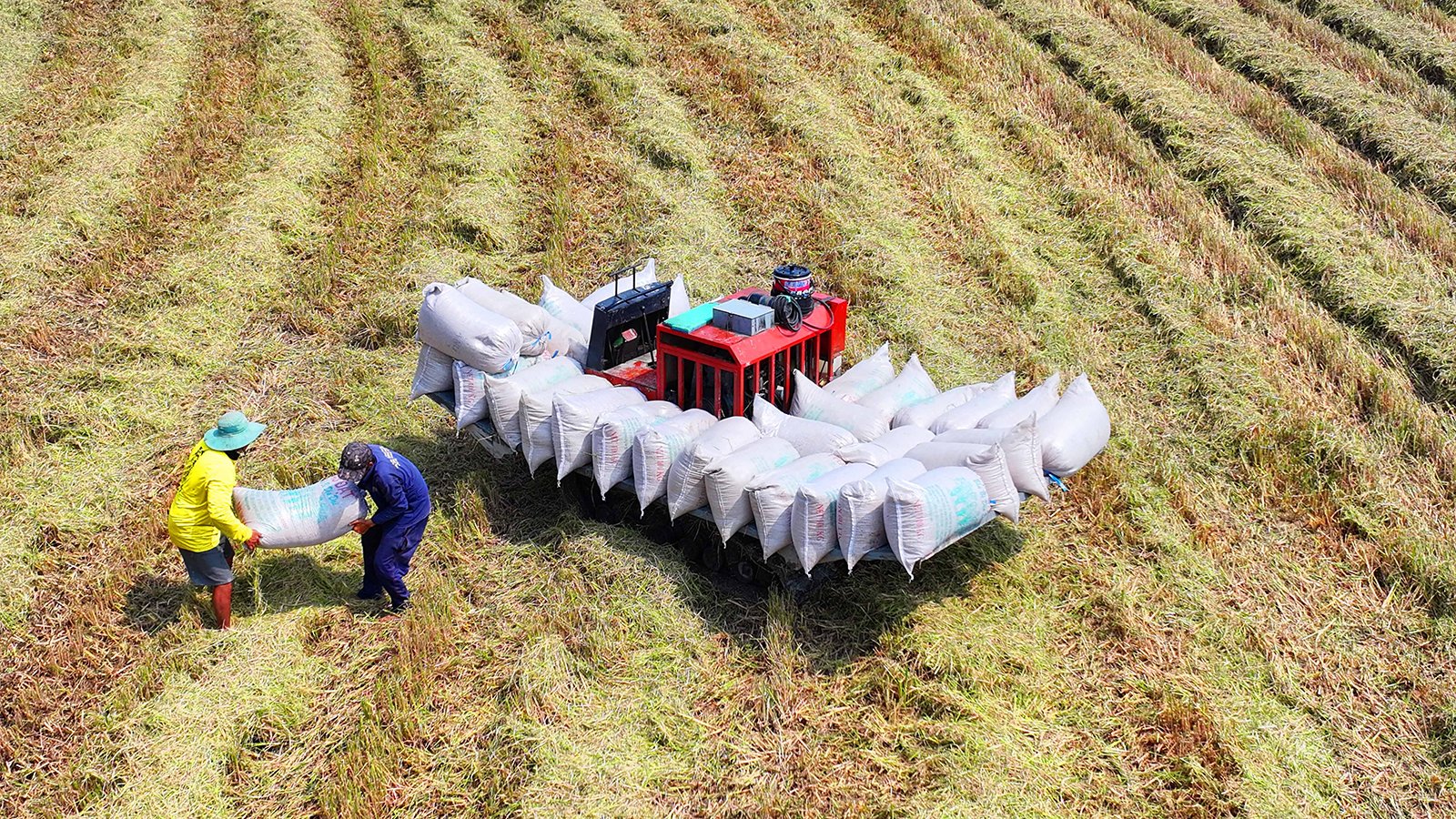
Farmers in the Long Xuyen Quadrangle region cultivate rice with high yields. Photo: THANH CHINH
Traveling across the cable-stayed suspension bridges spanning the canals, we ventured deep into the rice paddies of Hon Dat and Binh Giang communes, then upstream along the Vo Van Kiet canal. What was once a remote area now boasts paved roads accessible by vehicles. The rice paddies here are vast, measured in a "hundreds of meters wide, a thousand meters long" style, meaning 100 meters wide and 1,000 meters long. Currently, farmers have built high embankments around the fields to facilitate large-scale rice cultivation and allow vehicles to access the land directly.
I met Mr. Dao Van Kha (45 years old), originally from Cho Vam commune, who has been establishing his business in the Long Xuyen Quadrangle for nearly 10 years. He is an agricultural engineer who boldly ventured into this remote area to build a company distributing pesticides and fertilizers to serve farmers. Mr. Kha also leases land to grow rice, increasing his income. Mr. Kha said that in recent years, rice prices have fluctuated, rising and falling continuously, but thanks to the high yields of the rice fields in this region, he has made a profit and continued to reinvest in production. Many farmers have had successful rice harvests, accumulating money to buy hundreds to thousands of acres of land, becoming wealthy and well-known in the region. “Specifically, Mr. Long, Mr. Binh, Mr. Bay Phan, Mr. Sau Duc, Mr. Kieu, and Mr. Be Nam each own thousands of acres of rice fields; everyone knows them,” Mr. Kha said.
Today, traveling through the Long Xuyen Quadrangle region, one will encounter prosperous villages and rice paddies stretching as far as the eye can see, serving as an important food source for the entire country.
THANH CHINH
Source: https://baoangiang.com.vn/di-qua-canh-dong-tu-giac-long-xuyen-a464933.html








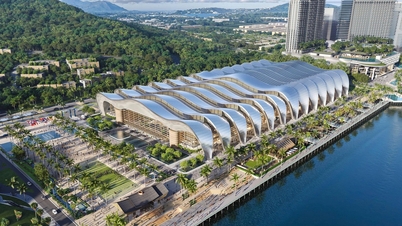





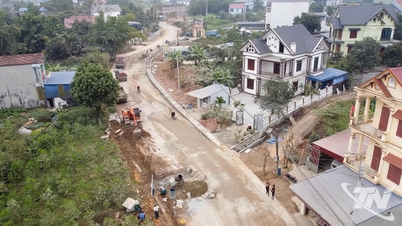


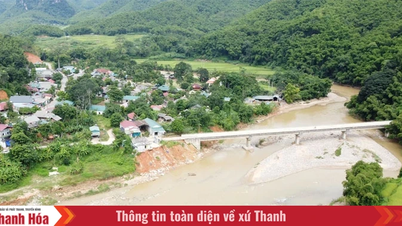





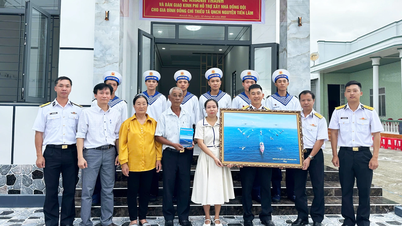














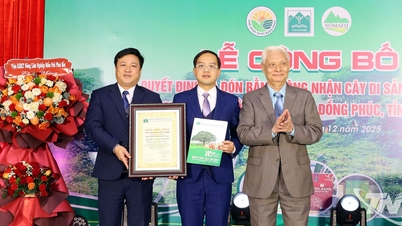




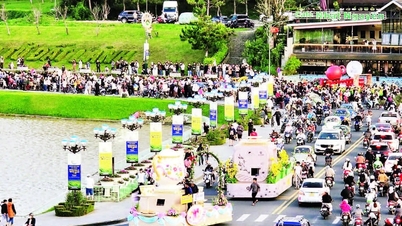

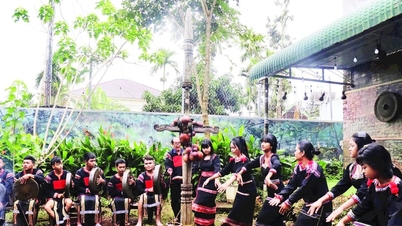









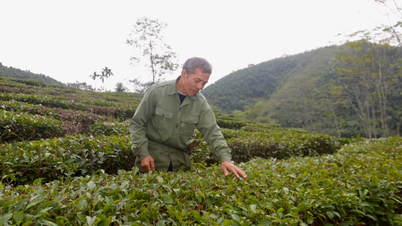




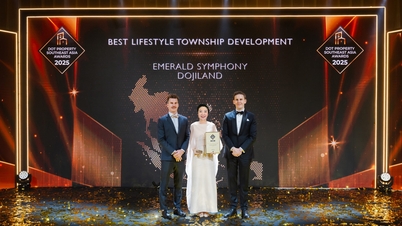
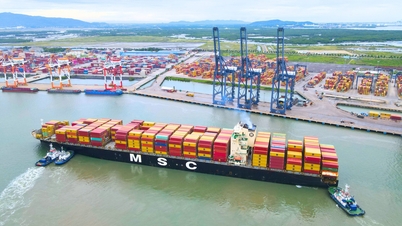

















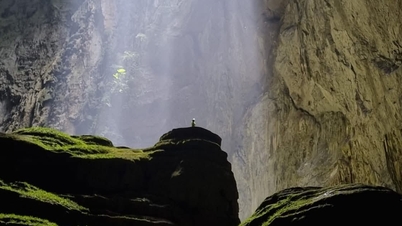





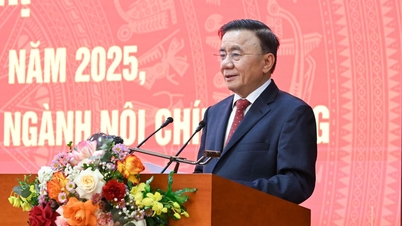





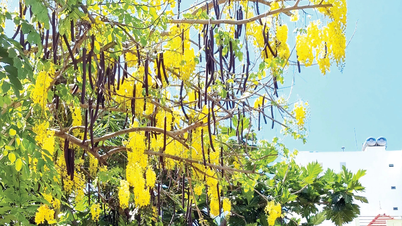

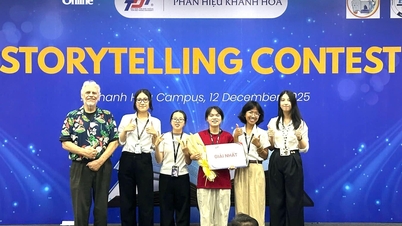
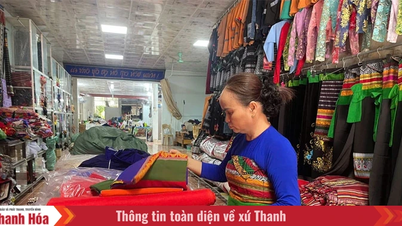
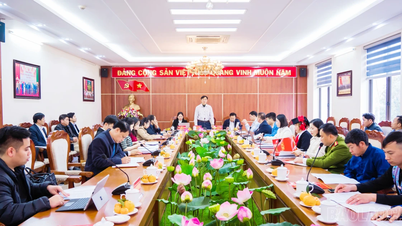









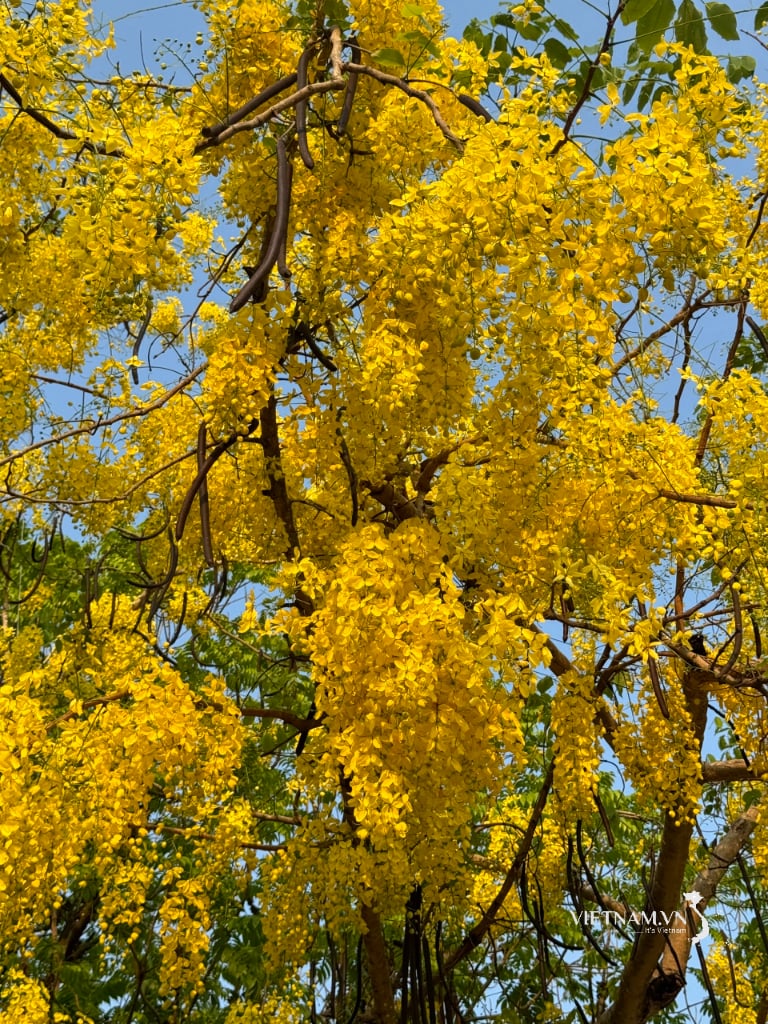



Comment (0)